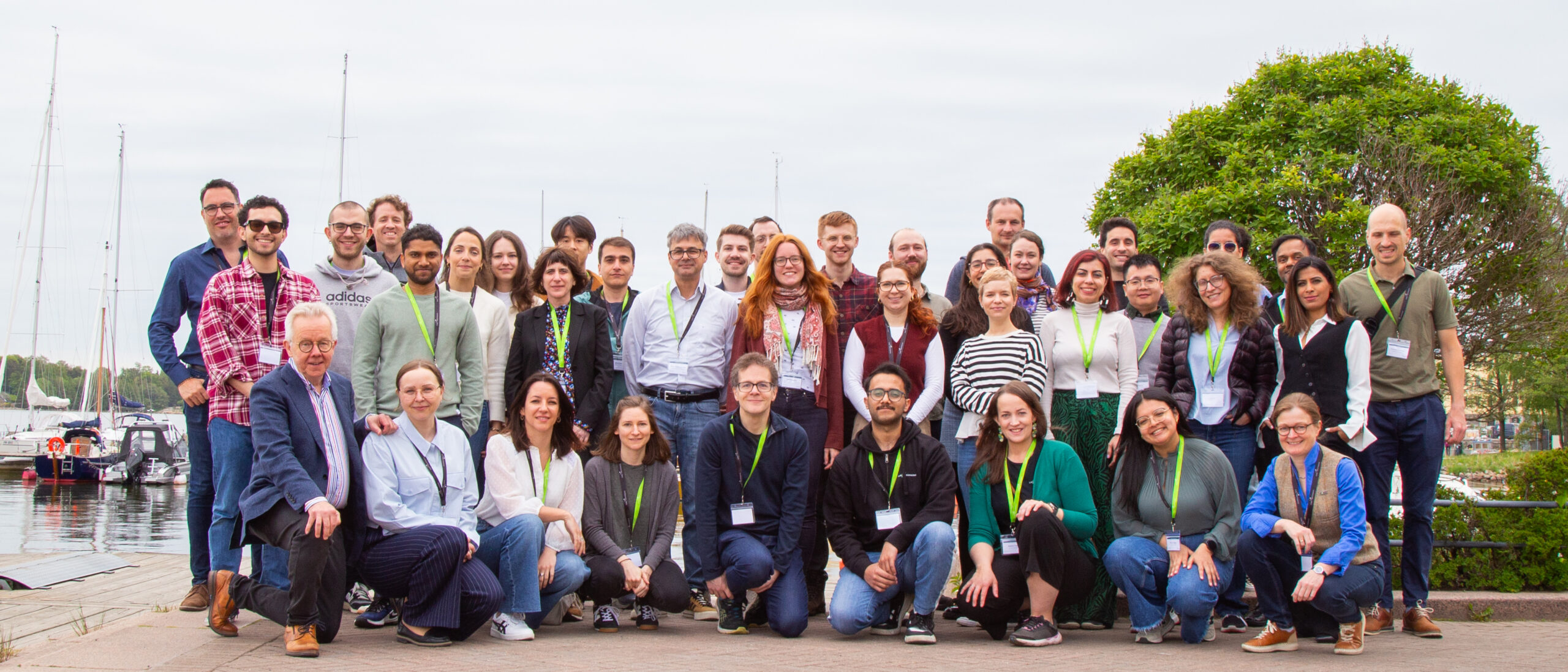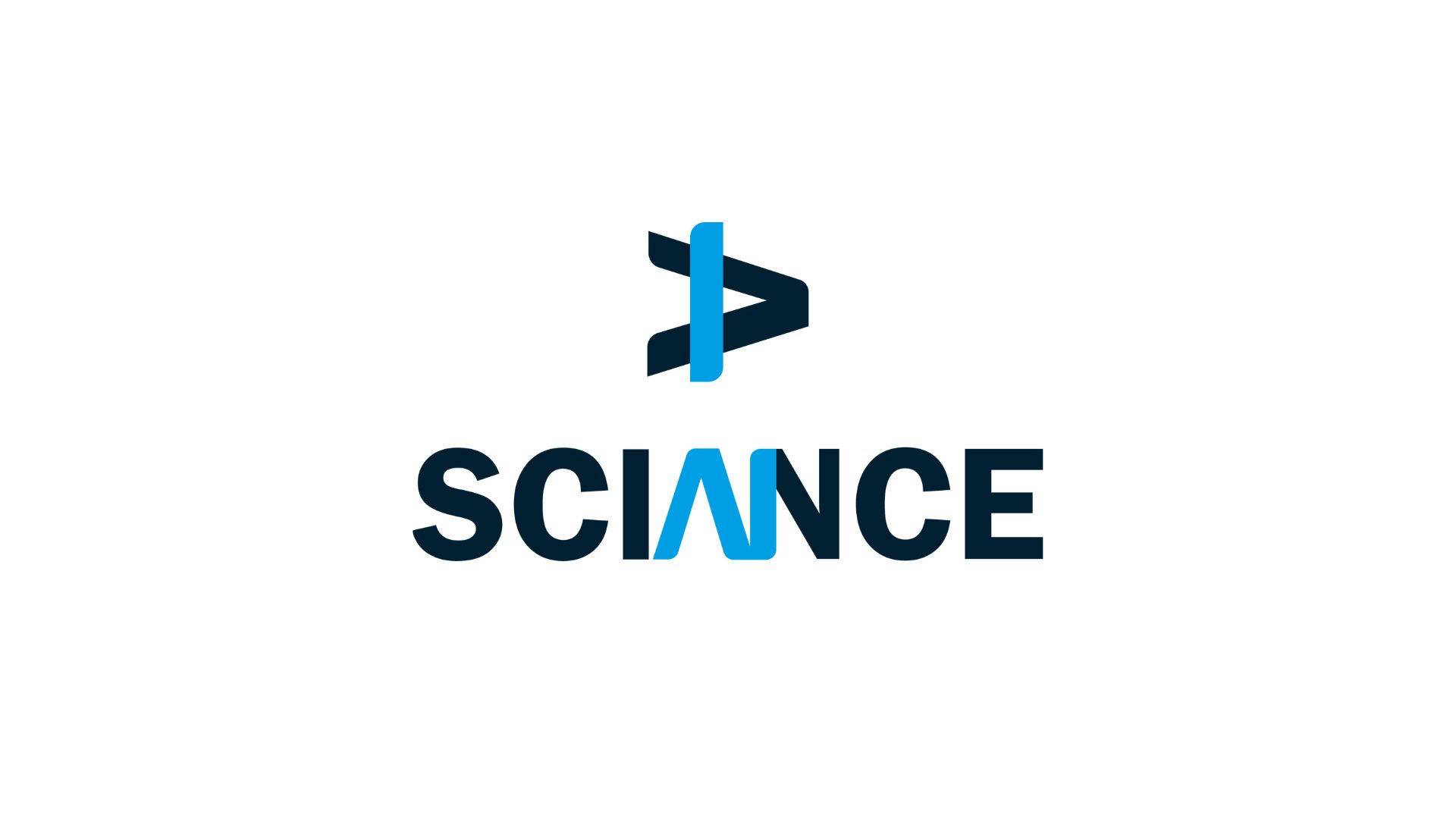
miEye: bench-top cost-effective open-source single-molecule localization microscopy hardware and software platform
Imaging technologies are becoming increasingly complex and ever more expensive, reducing the general accessibility and potential reach of cutting-edge techniques. The Special Edition Virtual Pub “Open Hardware in Imaging,” in collaboration with the Euro-BioImaging Industry Board, will highlight developments from scientists and companies who are committed to making biological & biomedical imaging hardware and software solutions openly available to a wide audience.
When: September 22, 2023, from 13:00-15:00 CEST
Where: Online
At this event, Marijonas Tutkus, Vilnius University, will present miEye: bench-top cost-effective open-source single-molecule localization microscopy hardware and software platform - (full abstract below). Hear this talk and others like it on September 22!
ABSTRACT
miEye: bench-top cost-effective open-source single-molecule localization microscopy hardware and software platform
Marijonas Tutkus
Vilnius University
Our miEye Bench-top super-resolution microscope system [doi:10.1016/j.ohx.2022.e00368] provides exceptional performance using affordable equipment. We achieved a lateral sample drift of approximately 10 nm over 5 minutes, while our autofocusing system effectively controlled Z drift. Additionally, we achieved a ground-truth resolution of approximately <15 nm using DNA PAINT in vitro and <30 nm using dSTORM in fixated cells. The miEye system is an open-microscopy project, and we have made all information, including parts list, assembly guide, and software code (microEye: https://github.com/samhitech/microEye for microscope control, data acquisition, and analysis/visualization), available as open-source [doi:10.17605/OSF.IO/J2FQY].
In this presentation, I will present the latest updates to our microscope's hardware and software, which includes the installation of a dual-view emission path and 3D localization using astigmatism. We have also conducted extensive testing of various industrial-grade CMOS cameras compared to our reference sCMOS cameras. I will showcase our system's capabilities through demonstration experiments, such as reliable tracking of HaloJF647-tagged Kinesin molecules in living eukaryotic cells on GFP-tagged microtubules, highlighting the applicability and limitations of our system. This presentation will cover advancements in our super-resolution localisation microscopy system and its use in exploring biological systems.
More news from Euro-BioImaging


